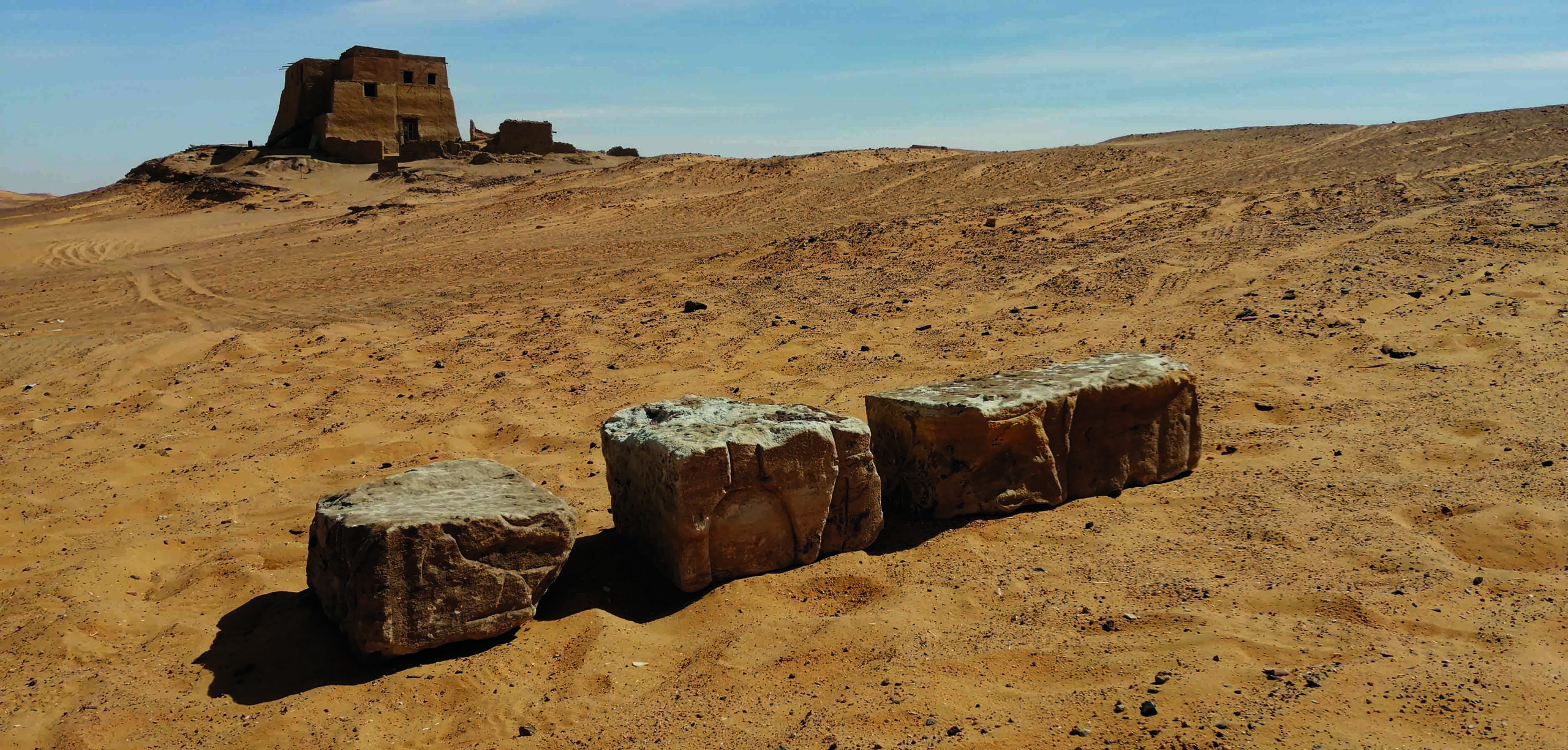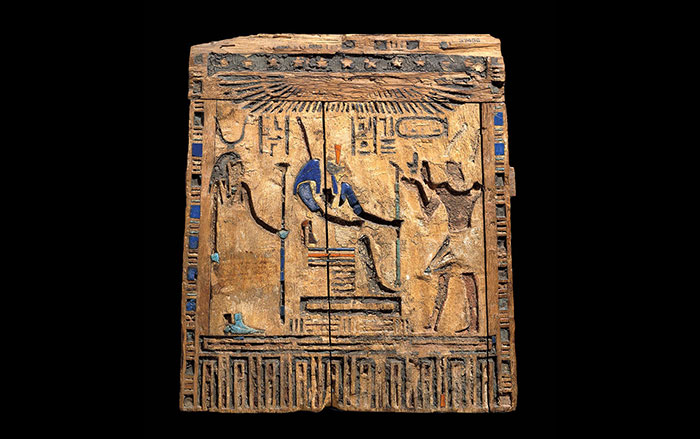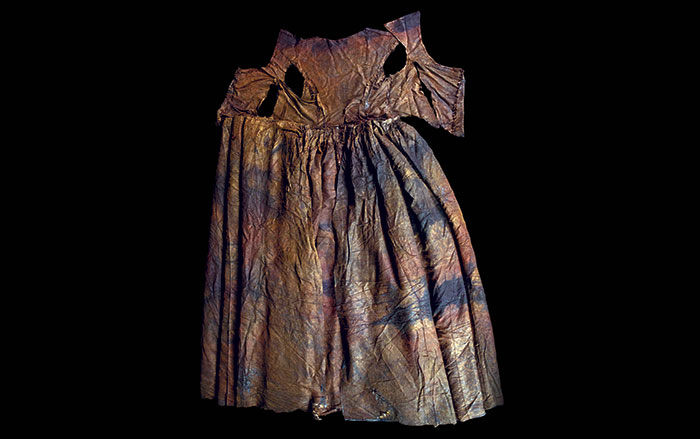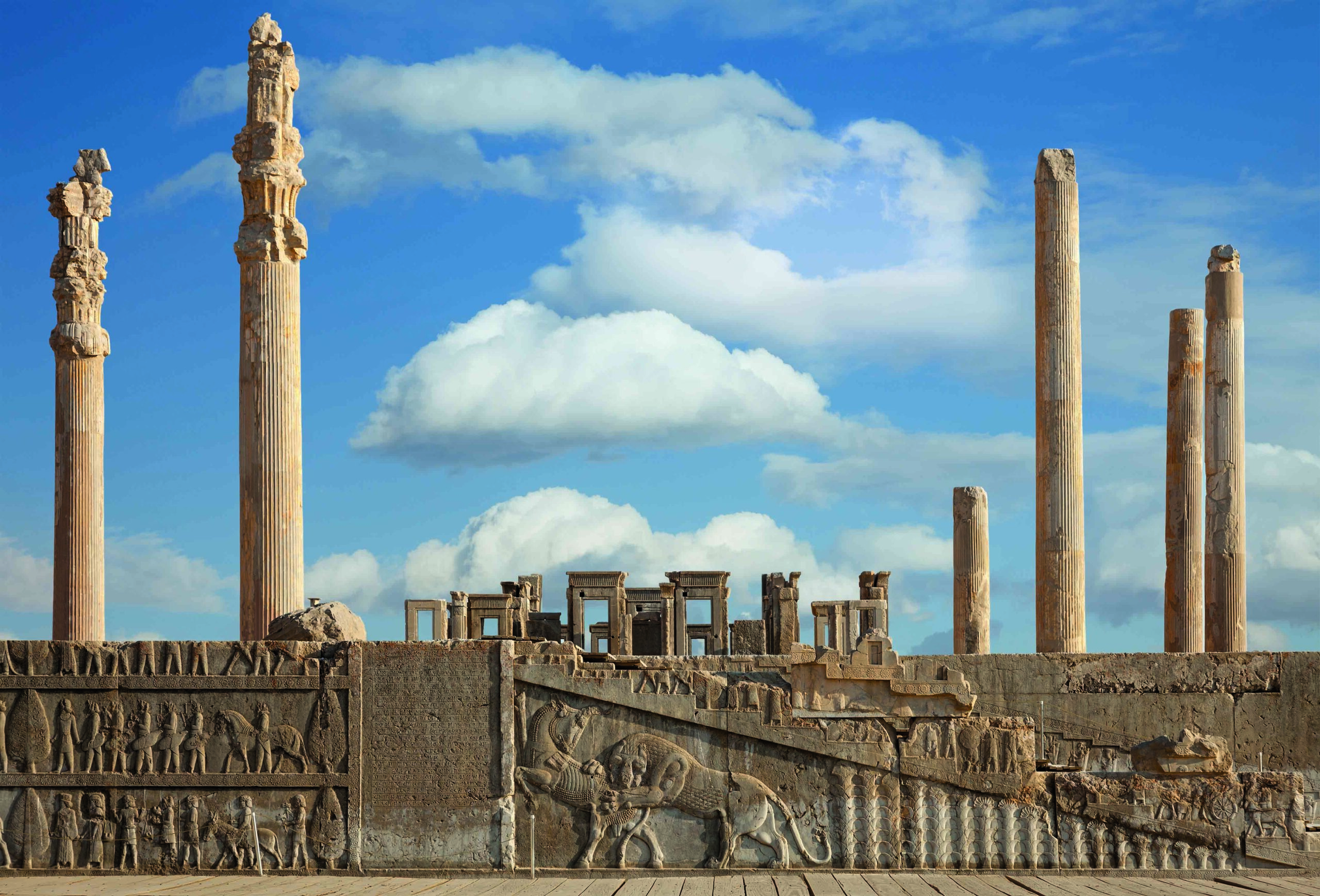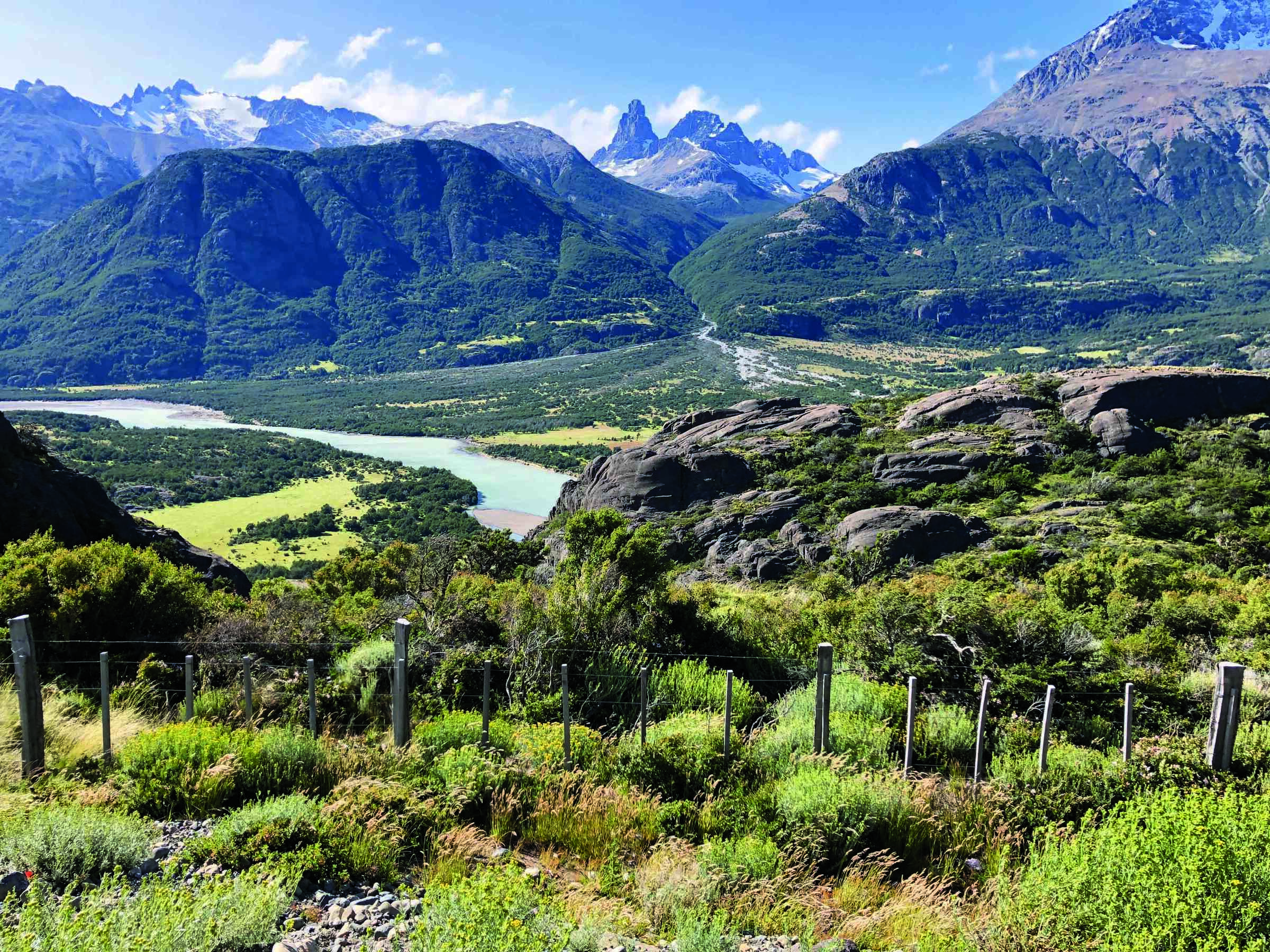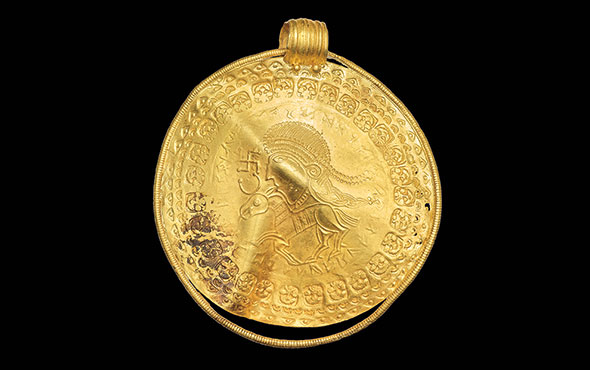
Beneath the ruins of the medieval village of Old Dongola, on the Nile in northern Sudan, a team from the University of Warsaw was surprised to find stone blocks that may date to the time of the pharaoh Taharqo (reigned ca. 690–664 B.C.). “Despite nearly sixty years of archaeological research in Old Dongola, no traces from such an early period had been encountered,” says Egyptologist Dawid Wieczorek. Out of hundreds of ancient blocks found at the site, only eight bear carved inscriptions. Most of these are too fragmentary to read, but one set of hieroglyphs mentions the Egyptian sun god Amun-Ra and refers to a town called Kawa, which was located 75 miles north of Old Dongola. During Taharqo’s reign, the Egyptian kingdom extended over large stretches of North Africa and the Middle East. The pharaoh presided over a massive building campaign that may have included a temple to Amun-Ra in Old Dongola, says Wieczorek, and the blocks may have been part of this temple. He says it is possible that the blocks were transported from elsewhere between the fifth and ninth centuries A.D. and used to build some of the earliest Christian churches in the town.


